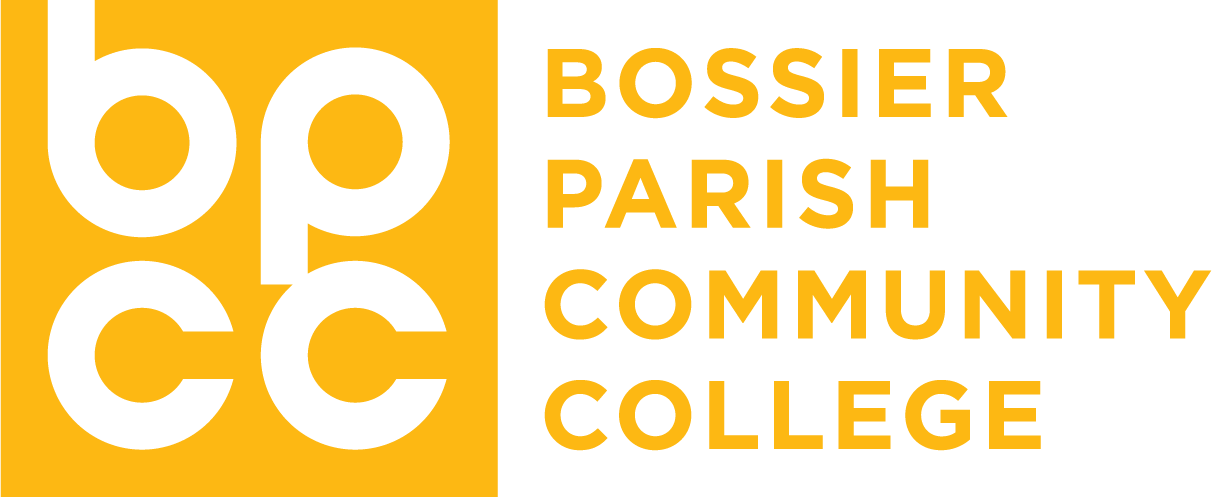Eligibility for Services
A person is eligible for accommodations if the student:
- is considered through Section 504 standards a person with a disability
- has identified his or her specific disability to the College, especially Disability Services
- has presented appropriate documentation regarding the disability to the College and needs accommodations
Title V of the Rehabilitation Act of 1973 is generally regarded as the first civil rights legislation for people with disabilities on the national level. Section 504 of the Rehabilitation Act is a program access statute. It prohibits discrimination on the basis of disability in any program or activity offered by an entity or institution receiving federal funds. Section 504 states (as amended): “No otherwise qualified person with a disability in the United States … shall, solely on the basis of disability, be denied access to, or the benefits of, or be subjected to discrimination under any program or activity provided by any institution receiving federal financial assistance.”
Under Section 504, institutions are required to appoint and maintain at least one person to coordinate the efforts to comply with the requirements of Section 504 (Section 504 Coordinator). This individual or office has the ongoing responsibility of assuring that the institution/agency or organization practices non-discrimination on the basis of disability and should be included in any grievance procedures developed to address possible instances of discrimination brought against the institution.
The ADA is a federal civil rights statute that prohibits discrimination against people with disabilities. There are four sections in the law: employment, government, public accommodations, and telecommunications. The ADA adds more protection for disabled persons to the Rehabilitation Act of 1973. The ADA is designed to remove barriers that prevent qualified individuals with disabilities from enjoying the same opportunities (not granting more opportunities) that are available to persons without disabilities.
The ADA uses the terms impairment, major life activity, and substantial limitation in its definition of disability. Before one can apply the ADA definition to individuals, it is vital this person understands what these phrases mean within the context of disability.
A major life activity is any function, including but not limited to, caring for oneself, performing manual tasks, walking, seeing, hearing, speaking, breathing, learning, and working. Other examples may include sitting, standing, lifting, and reading.
A substantial limitation is defined as a person’s inability to perform or be significantly limited in the ability to perform a major life activity compared to an average person in the general population. Three factors to consider in determining whether a person’s impairment substantially limits a major life activity are:
- Nature and severity of the impairment
- Duration or expected duration of the impairment (will the impairment improve with time or not)
- Permanent, long term, or expected impact from the impairment
A physical impairment (usually visually identifiable) is a physiological disorder or condition, cosmetic disfigurement, or anatomical loss affecting one or more of the body systems.
A mental impairment (not visually identifiable) is any mental or psychological disorder such as:
- Mental retardation
- Organic brain syndrome
- Emotional or mental illness
- Specific learning disabilities
